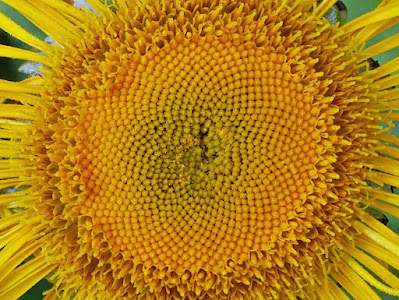It is almost exactly 50 years since I last found one of these: an alder moth caterpillar. Then, I was living in Warwickshire and it was curled up on a leaf, just as this latest one was, in a hedgerow in County Durham.
I have migrated north but so has Acronicta alni, except that it has extended its range more slowly. A thorough guide to moths in County Durham published in 1986 doesn't list it, but now the alder moth is here, another insect species extending its range northwards, most likely in response to climate change.


















































